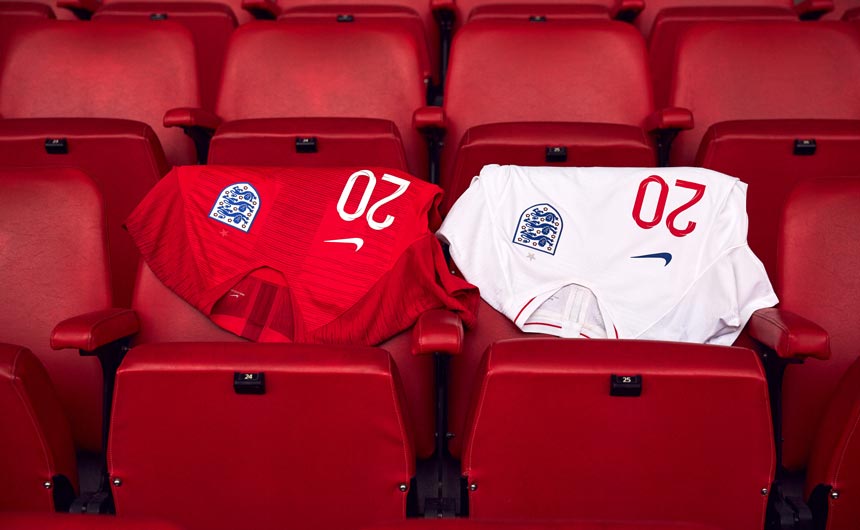Harry Kane 3 Lions aftershave anyone? BLE’s Anna Knight thinks it could be possible.
I’m writing this the morning after England knocked Colombia out of the World Cup Finals. I have no fingernails left. My tonsils are raw from shouting at the TV. I may – just may – have a slight fuzziness around the temples. It’s all worth it but, blimey, just how stressful is it being an England supporter? And can you believe we finally faced our WCPN (World Cup Penalty Nemesis) – in front of Gareth Southgate nonetheless – and actually beat it?
If ever there’s an occasion to bring people together, it’s sport all the way. And when England wins (genuine apologies to readers in Scotland, Wales and Northern Ireland, I will stop soon, I promise), the whole country unites. That feel good factor has a direct impact on our economy: sales of food, drink (for those weekend barbecues) and electronic goods (50” 4K TV, anyone?) boom.
In fact, the chief economist at the Bank of England voted to raise interest rates because he thought England’s success in the World Cup would boost national confidence. Combine the team’s performance with the amazing weather we’re currently enjoying, and it’s no surprise England’s ‘smile count’ has reached an all-time high.
But what’s this got to do with licensing? Cue neat segue. Sports licensing is one of the categories we chose to highlight at BLE last year – it’s a category that’s growing and maturing, but one that still has huge potential for brands, licensees and at retail.

FIFA, however, has displayed a masterclass of licensing for this year’s World Cup Finals. Its programme in terms of categories, products, audience demographics and territories has been all-encompassing, considerate and well-controlled. It is a vast programme that has seen FIFA’s brand appear on everything from event souvenirs like official mascot Zabivaka, which can be purchased from its online store, to country-specific apparel, an official book of World Cup Final scorers’ portraits – Goal, bags, balls, plush, cushions, mugs, posters, toys and games.
FIFA also worked closely with long-standing partners including Adidas (kit and apparel), EA (video games) and Panini (collectable sticker books), and signed a number of direct-to-retail partnerships for exclusive product lines, as well as announcing bricks and mortar pop up stores in key host cities and throughout the world.
Its programme has resulted in a well-thought out range of high quality products targeted at the widest possible audience – a programme that benefits not only FIFA, but also its licensees, retailers and fanbase and takes account of the unique tastes of cultures of the different countries involved in the competition. As someone who works in this industry, it’s impossible to not be impressed by that.
But let’s not forget the impact England’s success could have on the players’ fortunes in terms of brand, licensing and sponsorship deals. Campaign wrote an interesting piece on this recently – did you know that boot deals, for example, could be worth £250k-£3m per annum? There’s a quote in the campaign article that says, “Football, and the England team specifically, are culturally relevant to a large, mainstream audience. People care. This is the commodity that sport is selling above all others, which many other properties claim but fail to deliver upon. England fans always turn up. There’s always hope just below the cynicism. And even the most one-eyed fans don’t blame sponsors for defeat, which makes The FA a solid investment for marketers.”
This explains really neatly why the brand licensing potential of the team and the players will only continue to rise exponentially as we (hopefully) progress through the tournament. So, here’s to Saturday and the game against Sweden. And here’s to a bottle of Harry Kane 3 Lions aftershave in your stocking this Christmas.
Anna Knight is brand director of Brand Licensing Europe, which takes place October 9-11 2018 at Olympia London. Registration for BLE opens next week at www.brandlicensing.eu.































